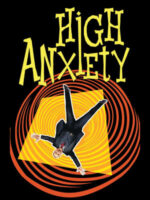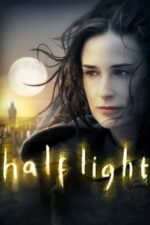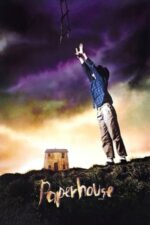Beacons in the Dark: Why Lighthouses Still Haunt Our Imagination
Isn't there something inherently captivating about lighthouses? Beyond their practical purpose – guiding ships safely through treacherous waters – they’ve always held a powerful symbolic weight, cropping up in everything from classic literature to modern cinema. They represent isolation, resilience, warning, and even hope, all wrapped up in that iconic cylindrical form. And I think it's fascinating how filmmakers continue to draw on this potent imagery.
Think about it: lighthouses are inherently dramatic. Perched precariously on rocky outcrops, battered by storms, they’re visual metaphors for facing adversity head-on. They stand alone, often inhabited by a single soul – or perhaps more than one, as we see in "The Light at the Edge of the World," where pirates seize control and chaos ensues! That film really leans into the adventure aspect, but even there, the lighthouse itself is more than just a backdrop; it’s a symbol of vulnerability and potential danger.
What I find particularly interesting is how lighthouses often become focal points for exploring deeper themes. In "The Shuttered Room," the mill near a lighthouse becomes a locus of inherited trauma and family secrets – the light, or lack thereof, mirroring the characters' internal struggles. It’s not just about ghosts; it’s about the darkness that can linger within families, passed down through generations. And speaking of darkness, "Tormented" uses the imagery of a haunting presence to explore grief and loss, with unsettling visions blurring the line between reality and memory – a feeling amplified by the isolation often associated with lighthouses.
Even films like “Navigating Christmas,” which seem lighter in tone, utilize the lighthouse setting to emphasize themes of solitude and eventual connection. The lighthouse keeper embodies a quiet resilience, offering solace to someone navigating their own personal storm. It's a beautiful visual shorthand for finding light in unexpected places.
And then there’s the sheer creepiness factor! "Real Haunts 4" explicitly taps into this, showcasing America’s oldest lighthouse as a hotspot for paranormal activity. The idea of generations of lonely keepers leaving their mark on a place – that's fertile ground for spooky storytelling. It reminds me a little bit of Shirley Jackson’s “The Haunting of Hill House,” where the building itself seems to possess its own malevolent spirit.
Ultimately, lighthouses offer filmmakers (and audiences) so much more than just a pretty picture. They are powerful symbols that resonate across genres and generations, reminding us of our capacity for both endurance and vulnerability. So next time you see a lighthouse on screen – or even in a photograph – take a moment to consider what it represents to you. You might be surprised by the depths you uncover.







































